These famous nocturnal animals have been part of the horror for centuries. Both the film and the game industry have taken advantage of the use of these shapely creatures as frightening, bloodthirsty beasts. But, where did they come from? What is the actual origin of these powerful wolf-like creatures? Well, there are several mythologies that have werewolves in them folktales and lore. Each of them spun a different story about how and where these creatures came from. We will look at some of these mythologies, as well as what actually makes a werewolf.
Werewolves raised their heads again with the new Resident Evil video game. The evil cannon fodder in this game brought the werewolf back to the limelight after being ignored for many years. So I thought I would share some information about what this creature is and where the stories actually came from. Let's take a closer look at the mythology and origins of the werewolf as we know it.
About werewolves
-
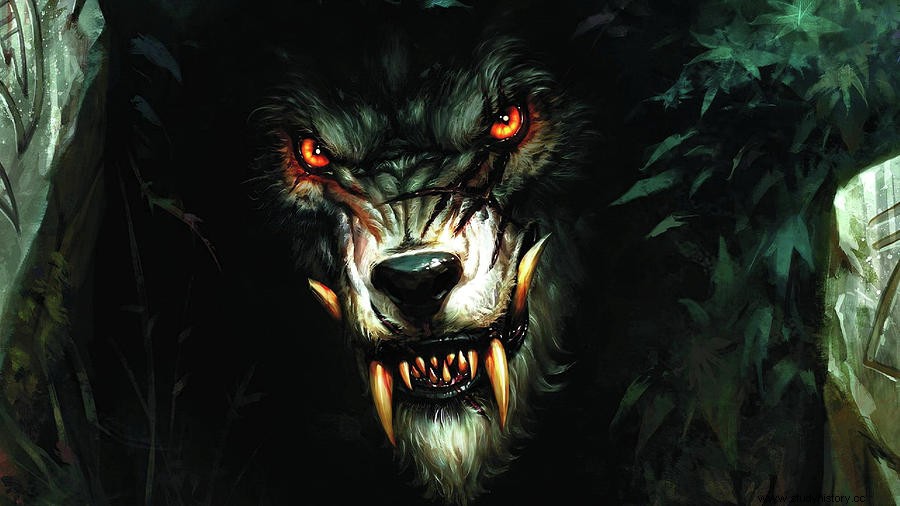
- credit:Artist - Dorothy Binder via Fine Art America
Werewolves are infamous creatures at night. But what is it really? This section contains information about what a werewolf really is and how they can look and even how they can cure them. There is a lot of information out there about these creatures. Various mythologies and stories to explore and learn. So let's start with the basics.
Lore
-
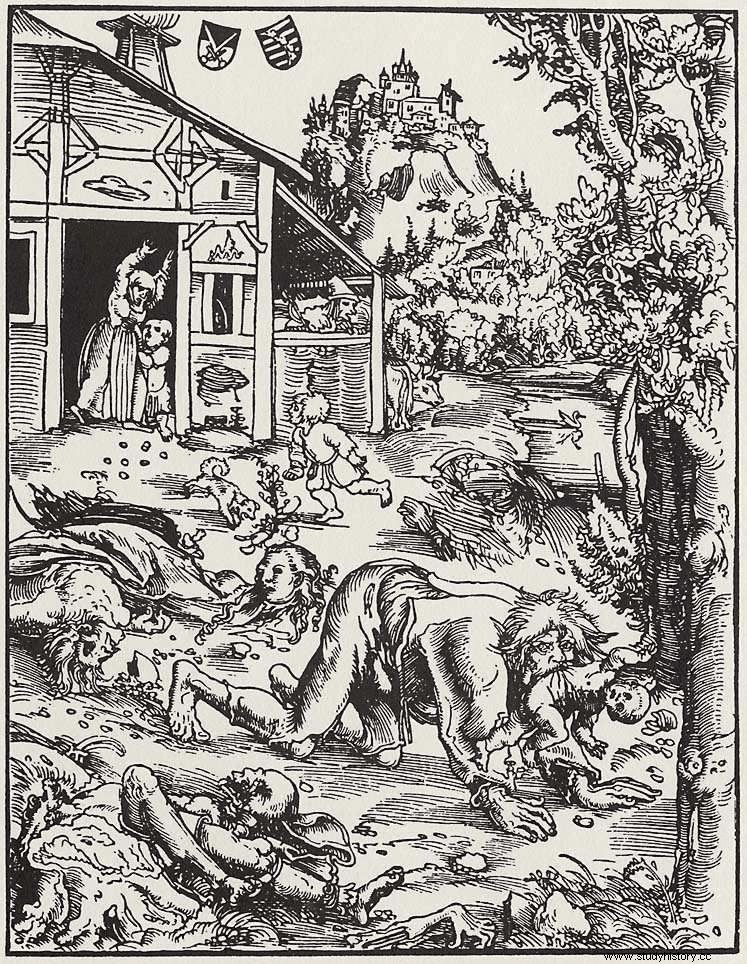
- credit:Wikipedia
The doctrine of werewolves is complicated and strangely diverse. These mythical beasts have evolved over the centuries in every way. From appearance to how they look and how they can be killed. In today's history, they transform under the moonlight, and undergo a painful transformation. Or they are able to transform according to their own desire and retain some kind of human thought. In the past, the werewolf was a cursed creature. Either by a witch or by god if you ate human flesh. In Norse mythology, as in the Saga of the Volsungs, wearing a fur coat will force you to change for a while.
Mythology also talks about how to kill one of these seemingly inexplicable creatures. Today they can be killed with silver bullets or knives. But in the past, there was a lot of lore that indicated that they could be killed by any weapon that could harm a human being.
Appearance
-
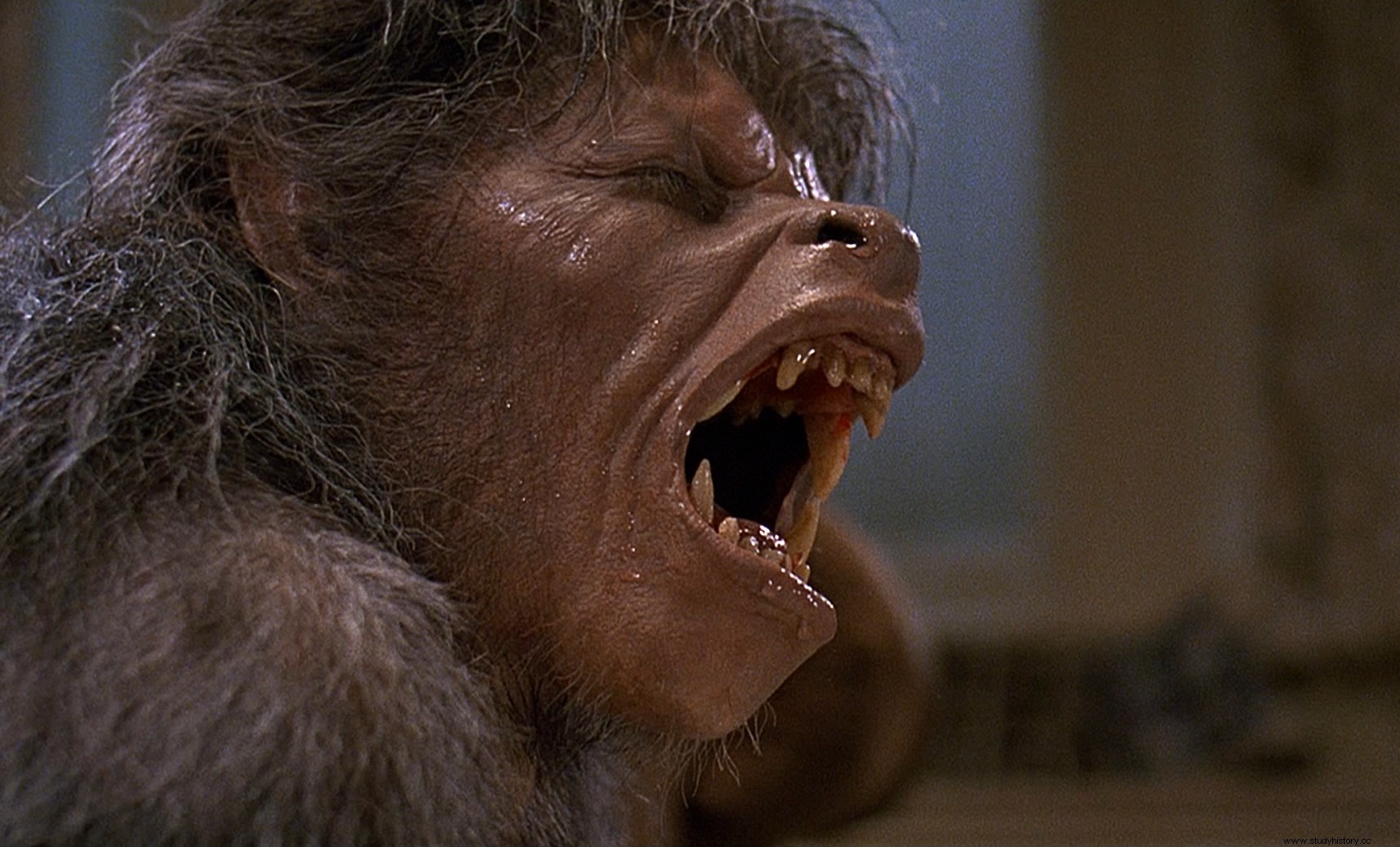
- credit:An American werewolf in London via Den of Geek
There are two types of werewolves. The form of man and the form of the beast. As a human being, there is no evidence that this person can actually be a werewolf. But according to European mythology, there are narrative features that can give you away. One way they thought you could see was to cut the skin of the afflicted. Because below that it was assumed that there would be fur under the wound.
The shape of the animal can be anything from a large wolf to a half-man, a half-animal that we see in movies and video games. It's up to you how you imagine a transformed werewolf to look. I personally prefer the impressive half man, the half animal.
Courier
-

- credit:Mike Savad Photography via Pinterest
There are many cultures that have werewolves embedded in the culture. However, in this case we will look at the medieval European potential cure for lycanthropy. There were three main ways for someone to be cured, if at all.
- Medical, using wolfsbane in small doses to cure the afflicted.
- Surgical, by cutting the affected forehead with a knife.
- Exorcism, the belief that werewolves were the devil's agents, meant that a priest could do the trick and drive out evil from the afflicted.
There were many who believed that a werewolf could never be cured or that they could change as desired. The theories and lore surrounding these mythical creatures have certainly evolved over the years.
Origin stories about werewolves
The beginnings of werewolf mythology are difficult to see. There is no real, exact origin of where and when these lore began to appear. However, there are several legends that may have caused the origin of this night's creature that we know and love today. The two origin stories I will tell today are Greek and Norse. The story of King Lycaeon &Zeus was supposedly the first recorded story of werewolves. Closely followed by the Norrøn saga about Volsung. Both are incredibly interesting stories. Both far from modern representations of werewolves and quite similar as well. So, no further waffling on my part, here are the two stories in question.
Greek Mythology - The Story of King Lycaon and Zeus-
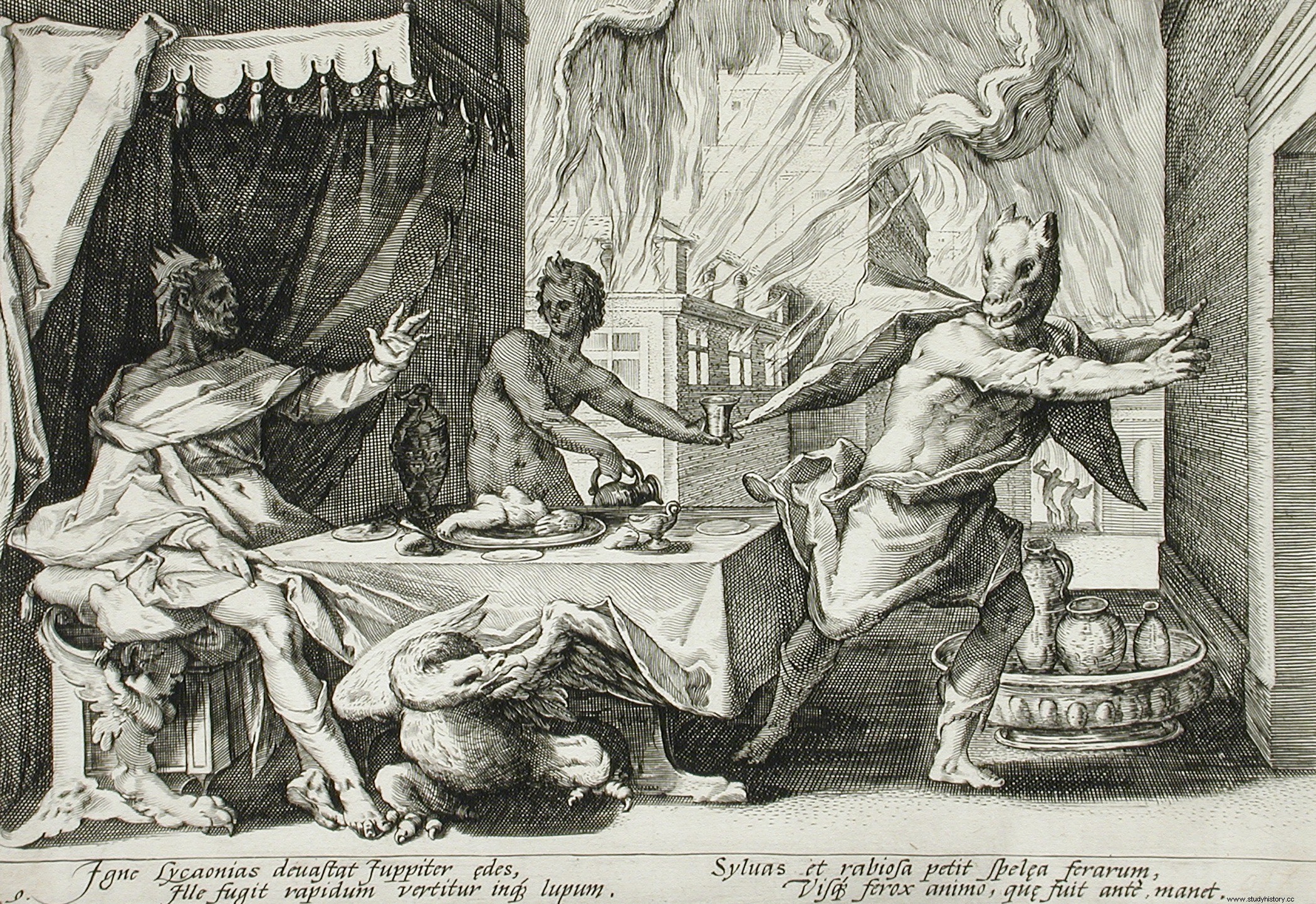
- credit:Wikipedia
The city of Arcadia was once a prosperous and wonderful utopia. Blessed by the gods and flourishing. However, human selfishness caused the gods to turn away from the city. To take with him his blessings, and then the once prosperous city lost its way. Lycaeon, one of the first kings of Arcadia, was determined to regain Arcadia's former glory, to win the blessings of God once again. Then the king built a great temple for the god king, Zeus. The temples were so beautiful and ornate that Zeus began to favor the new king of Arcadia.
Dissatisfied with the insane blessings, King Lycaeon performed several feats to obtain the favor and blessings of the gods. But he lost control and became a fanatic. Sacrifice people to the gods in exchange for their blessings. This practice was long condemned by the gods and was a violation of hospitality, which was one of Zeus' demands. So the god king came in disguise down to Arcadia to see if the stories were true. He was taken to the palace where he was to be received by the king and then sacrificed. But Zeus was calm and observed the king and his many sons. One of King Lycaeon's sons became suspicious of the stranger and expressed suspicion of his father. Claims that he may be Zeus himself, and tests their hospitality. The king decides to test this theory by creating a horrible and scary test.
When the dish was taken out, Zeus was horrified to find that the flesh was human flesh. Hands and feet cooked and coated in intricate, unhealthy meals. When the king and his sons ate the meat, they mocked the stranger and asked him if he would refuse the hospitality. Anger over lack of respect and violation of his sacred rules. Zeus revealed himself and cursed Lycaeon and his sons. He made them half human, half animal. Such as we know today as werewolves. These creatures were cursed to eat human flesh and sail at night, because if they wanted to behave like animals, they would be cursed to go as one of them forever.
Norse Mythology - The Saga of the Volsungs
-
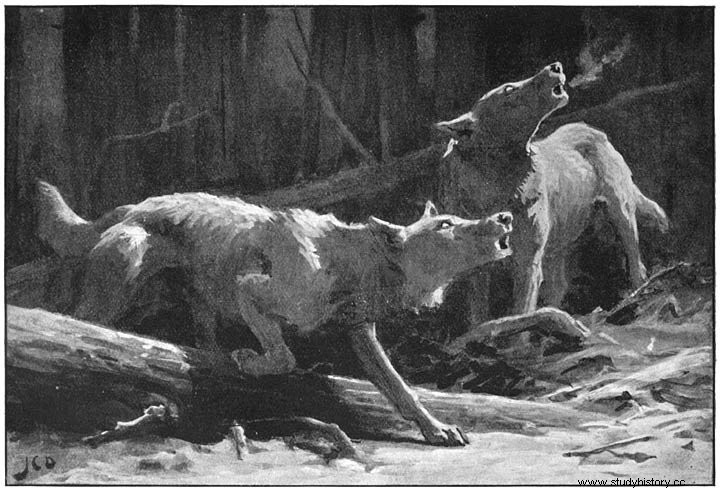
- credit:The Daily Scandanavian
The Volsung clan was well known as powerful warriors. Volsung himself was one of these mighty warriors. He had ten sons and a beautiful daughter named Signy. If wit and beauty were discussed far and wide. But talk of Signy reaching the ears of an evil king known as Seggir. Who traveled around the country to meet Volsung and get her hand in the marriage.
After much deliberation between her father and the brothers, it was decided that she should marry King Seggir. Provided they are able to visit her. But a tall, white-haired stranger with one eye went into the hallway that night. Carry a great word, one that no one has ever seen.
The stranger plunges the blade into the old tree in the middle of Volsung's longhouse and proclaims that whoever draws the sword from the tree can keep it. The magazine was so nice that every man wanted it for himself. Including the evil king Seggir.
He tried to pull the sword from the tree first, but he was also the first to fail. Every son of Volsung tried and failed to pull the sword from the tree. Each fails until the youngest brother, Sigmund, manages to free the magazine. The evil king offers to pay Sigmund's weight in silver for the fine blade, but he refuses. He claimed that if the sword was meant for him, he would have drawn it in front of the tree himself.
The humiliated and vicious king Seggir leaves Volsung's home with an unwilling Signy in tow. Planning his revenge on the Volsung family for the humiliation. Signy tries to warn her brother, but is too late. King Seggir captures all her brothers and kills his father. She asks her new husband to kill her brothers slowly. Take them to the forest so the wolves can enjoy themselves with them, she begs. King Seggir does just that. The brothers were tied to trees and taken to a place where the terrible wolves roamed.
Every night a big female wolf takes a brother and devours them until only Sigmund is left. Signy asks the servants to give her honey so she can put it on her brother to keep the wolves interested. They give her the honey, and she smears the honey on Sigmund's face. That night the mother wolf comes back and licks the honey off him. When he saw his chance, Sigmund bites the wolf's tongue, and finally tears it off the animal and the female wolf bleeds to death. The wolf's trek also released Sigmund's bondage. Then he digs a hole under the tree and makes it his home for many years.
When Signy had many children by the evil king Seggir. She dreams of revenge every day. So when her oldest child turns ten, she sends him to her brother under the tree. When he tests the child, he gives them a bag of flour with something moving inside. The boy is afraid of it, and as Signy asked, he kills her son. Every time one of her sons comes of age, she sends them to her brother, and each of them fails and is killed.
Signy gets frustrated and goes to a witch who explains to her that she looks like someone else. She goes to her brother and spends three nights with passion with him. Later she has a son with her brother Sigmund. She calls him Sinfjotli and when he comes of age she sends him to Sigmund to be tested. Sinfjotli kneads the bag of flour for a pulp and gives it to Sigmund. He laughs because the bag contained a poisonous snake. But now he knows that the boy is strong enough to avenge the Volsung family. He takes Sinfjotli and the two become bandits. One day they come across two sleeping men with nice wolf skins lying next to them.
These men were once king's sons who were cursed to become wolves when they wore the skins. But Sigmund and Sinfjotli do not know this and take the rails. Not knowing that they could not be removed until ten days had passed. They became wolves and went on a killing spree, killing both animals and humans. Sigmund almost kills Sinfjotli over a deer. He tears out the boy's trachea. But Sinfjotli is rescued by a raven with one eye, which restores the boy. When Sigmund and Sinfjotli remove the rails, they burn them and continue raiding until Sinfjotli is a full-grown man.
They return to King Seggir's home and set everything on fire, killing him and all his children. Signy confesses to his betrayal. Finally revealed that Sinfjotli is Sigmund's son and that she had visited a witch to change shape. Feeling of such remorse and guilt. She throws herself into the flames and dies.
The End
-
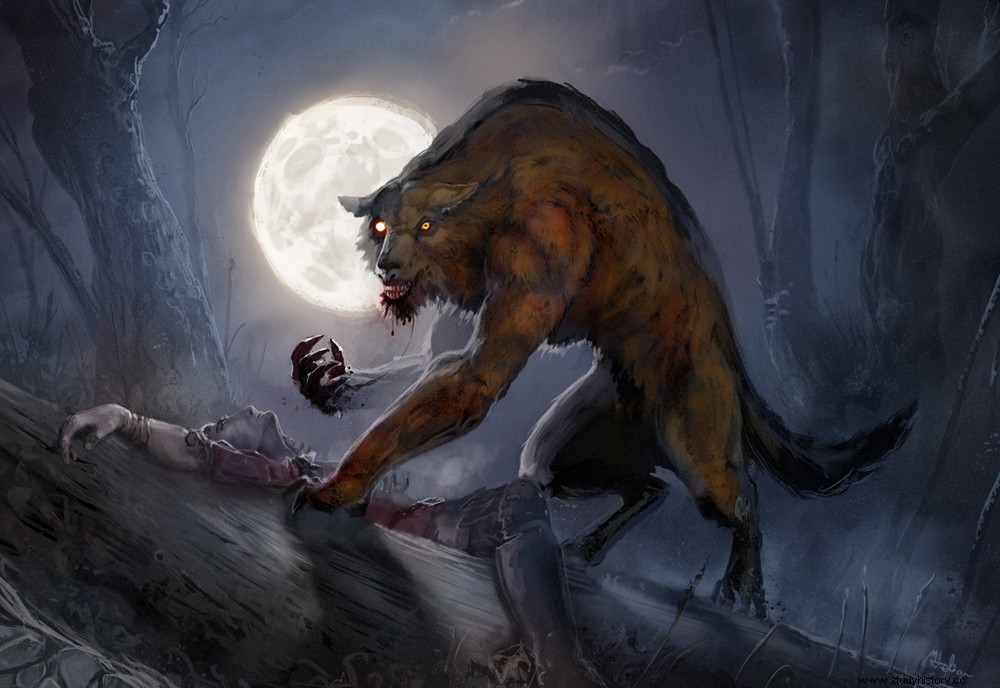
- Credit:Deviant Art
The stories and legends about werewolves are a fascinating topic to delve into. First, there are many more mythologies that talk about the werewolf's origins. The stories are as interesting and compelling as the two I told today. Lycaeon's history was one of the first to involve werewolves as we know it. Apparently. But there is nothing to say that they are certainly first. The history of shape-shifters has always been around us for as long as humans have existed.
Who can say that turning into a wolf was not something that already existed in the Stone Age? Werewolves, skinwalkers, lycanthropes. There are several names we call these night creatures. Even though we know they are not real, there is still the uncontrollable fear that something will haunt you at night. Who can say that it was not a werewolf watching you on the way home or staring at you as you went up the stairs after turning off the lights? The subconscious fear is where these beasts live, whether they are real or not, and that's real enough for me.
